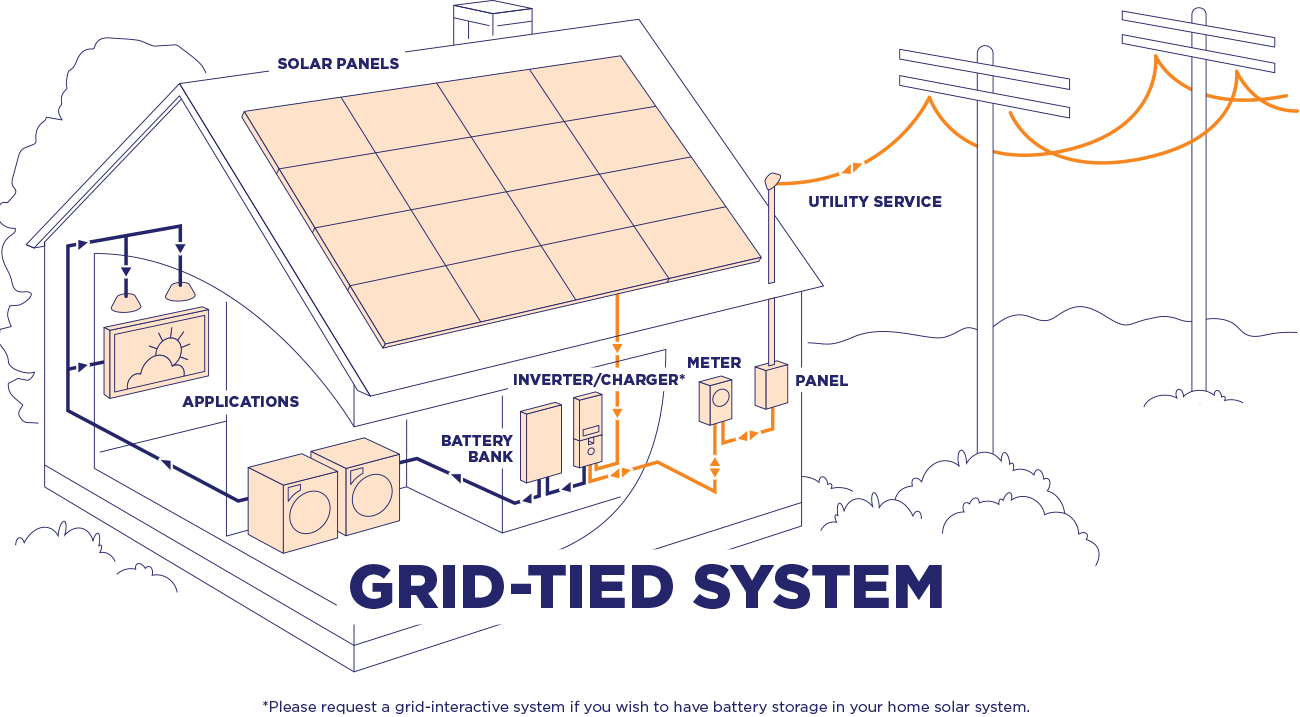“Solar wiring for tiny home off-grid system”
Introduction to Solar Wiring
Solar wiring refers to the electrical connections between solar panels, batteries, charge controllers, and other components in a solar power system. The primary function of solar wiring is to safely and efficiently transmit electrical energy from the solar panels to the rest of the system, while minimizing energy losses and ensuring maximum system performance.
Components of a Solar Wiring System
A typical solar wiring system for a tiny home off-grid system consists of the following components:
- Solar Panels: These are the photovoltaic (PV) panels that convert sunlight into electrical energy.
- Charge Controller: This component regulates the flow of energy from the solar panels to the battery bank, preventing overcharging and ensuring safe charging.
- Battery Bank: This is the storage system that holds excess energy generated by the solar panels for later use.
- Inverter/Charger: This component converts DC power from the battery bank to AC power for use in the tiny home.
- Mounting Hardware: This includes the racks, clamps, and other hardware used to secure the solar panels to the roof or ground.
- Wiring and Connectors: These are the electrical connections between the various components, including cables, connectors, and fuses.

Design Considerations
When designing a solar wiring system for a tiny home off-grid system, several factors must be considered to ensure efficient and safe operation:
- System Size: Determine the size of the solar panel array and battery bank based on the energy needs of the tiny home.
- Panel Orientation and Angle: Ensure the solar panels are oriented and angled to maximize energy production.
- Shading: Consider the impact of shading on energy production and design the system to minimize shading losses.
- Temperature: Account for temperature effects on system performance, as high temperatures can reduce energy production.
- Voltage and Current: Ensure the system is designed to handle the maximum voltage and current output of the solar panels.
- Grounding and Bonding: Ensure the system is properly grounded and bonded to prevent electrical shock and ensure safe operation.


Solar Wiring Best Practices
To ensure safe and efficient operation of the solar wiring system, follow these best practices:
- Use High-Quality Components: Select components from reputable manufacturers to ensure reliability and performance.
- Follow Manufacturer Instructions: Adhere to manufacturer instructions for installation and configuration of components.
- Use Proper Wiring and Connectors: Use wires and connectors rated for outdoor use and suitable for the system voltage and current.
- Keep Wiring Organized: Keep wiring organized and secure to prevent damage and ensure easy maintenance.
- Label and Document: Label and document the system to facilitate maintenance and troubleshooting.
- Test and Inspect: Regularly test and inspect the system to ensure safe and efficient operation.
Installation Guidelines
When installing a solar wiring system for a tiny home off-grid system, follow these guidelines:
- Plan the Installation: Plan the installation carefully, taking into account the system design and component locations.
- Hire a Professional: Consider hiring a professional solar installer if you are not experienced with electrical work.
- Follow Safety Procedures: Follow safety procedures, such as wearing personal protective equipment (PPE) and ensuring proper grounding and bonding.
- Use Proper Tools: Use proper tools, such as wire strippers and crimpers, to ensure secure connections.
- Test the System: Test the system thoroughly before putting it into operation.
Common Solar Wiring Mistakes
To avoid common solar wiring mistakes, be aware of the following:
- Inadequate Wiring: Using wiring that is not rated for outdoor use or is insufficient for the system voltage and current.
- Improper Connections: Failing to secure connections properly, leading to loose or corroded connections.
- Insufficient Grounding: Failing to provide proper grounding and bonding, leading to electrical shock hazards.
- Incorrect Component Selection: Selecting components that are not compatible with the system or are not suitable for the application.
- Poor System Design: Designing a system that is not optimized for energy production or is not suitable for the tiny home’s energy needs.
Conclusion
Designing and installing a solar wiring system for a tiny home off-grid system requires careful planning, attention to detail, and adherence to best practices. By following the guidelines and best practices outlined in this article, you can ensure a safe, efficient, and reliable solar wiring system that meets the energy needs of your tiny home. Remember to always follow manufacturer instructions, use high-quality components, and hire a professional if you are not experienced with electrical work. With proper design and installation, a solar wiring system can provide years of reliable service and help you enjoy the benefits of off-grid living.
Additional Resources
For further information on solar wiring and off-grid systems, consult the following resources:
- National Electrical Code (NEC) Article 690: Solar Electric Systems
- International Association of Electrical Inspectors (IAEI) Solar PV Installation Guide
- National Renewable Energy Laboratory (NREL) Solar PV System Design Guide
- Solar Energy Industries Association (SEIA) Solar Market Insight Report
By following the guidelines and best practices outlined in this article, you can create a safe and efficient solar wiring system that meets the energy needs of your tiny home and helps you enjoy the benefits of off-grid living.





